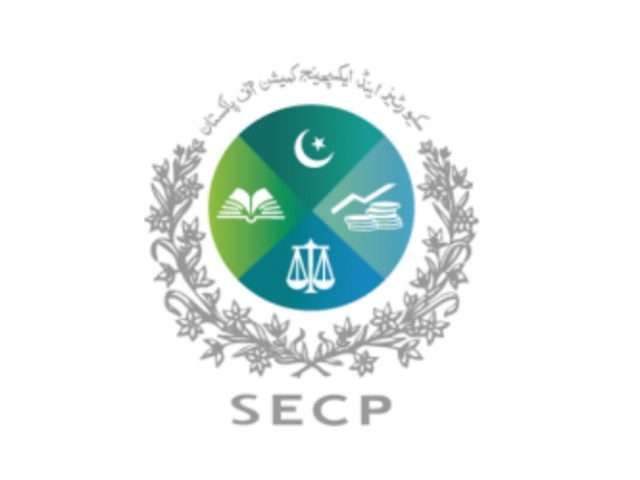The Securities Exchange Commission of Pakistan (SECP) has approved a comprehensive regulatory framework under the Securities Act, 2015, for public offering of debt and equity securities. Its main objective is to promote ease of doing business and streamline the entire public offering process. Prior to its approval, the SECP held consultative sessions with the industry participants in March and September 2016.
In order to promote ease of doing business and streamline the entire public offering process, the numbers of regulations have been reduced to two. It is worth mentioning that seven rules/regulations/guidelines relating to public offering and six different rules/regulations/ guidelines were initially circulated for public consultation. Without objective consolidation of the framework, the same would have resulted in 10 different rules/regulations/ guidelines governing the public offering process.
The public offering regulations have been divided into three parts, ie process for public offering, methods of public offering and functions and responsibilities of intermediaries, ie consultant to the issue, underwriter, banker to the issue, etc.
In the new public offering regulatory framework, an issuer would be ineligible to make a public offer, if the issuer or its directors, sponsors or substantial shareholders have overdue/ defaults or have been declared defaulter by the exchange.
Securities brokers appointed by companies as consultants to their public offering play a pivotal role in promoting quality listing and development of capital markets. Therefore, their role as “Consultants to the Issue” is being notified as a regulated securities activity.
The SECP has drafted regulations for licensing of consultant to the issue and only licensed securities brokers would be eligible to undertake consultant to the issue activity. The role of consultants to the issue has been enhanced by requiring them to carry out due diligence encompassing eligibility and suitability aspects of the proposed issue in order to protect the interest of the general public.
Furthermore, a requirement of separate valuation section has been introduced where the consultant to the issue shall provide justifications for the price set by the issuer taking into account the track record of the issuer, management expertise, inherent risks, past financial performance, financial projections, etc.
The role of securities exchange has also been enhanced by requiring it to examine the proposed issue from various aspects including eligibility requirements and suitability of the issue considering the interest of general public. Further, the securities exchange is now required to place the prospectus on its website for public consultation purposes and incorporate/address the public comments appropriately in the prospectus.
The conflict of interest has been reduced through appointment of independent consultant to the issue, underwriter, book runner, banker to the issue, etc. With regard to book building process for public offering, flexibility has been introduced in the book building process by allowing 100 percent book building with no retail offer and such companies shall be traded only among the sophisticated investors on a separate board other than main ready board. The issuer has been allowed determination of strike price through 100 percent book building and in case of under-subscription of retail portion, the same would be allotted to successful bidders on a pro rata basis.
In order to make funds available to the issuer at an early date and early completion of the public offering process, post-subscription, time allowed for balloting, allotment and credit/ dispatch of shares to the public has been reduced from 30 to 10 days.
Given the significance of various intermediaries involved in the public offering process, detailed functions and responsibilities of the intermediaries have been prescribed to ensure transparency and governance norms in the process.
As a result of the revamped regulatory framework, the Underwriter Rules, 2015, Book Building Regulations, 2015, Guidelines for Issuance of Prospectus, 2002, and Guidelines for issuance of Term Finance Certificates to the General Public, 2002, would stand repealed. Further, the portion of Commercial Paper Regulations, 2013, Sukuk Regulations, 2015, and Companies (Issue of Capital) Rules, 1996, dealing with public offering have been shifted to the new public offering regulations and these frameworks shall not apply to public offering of securities.
The revamped public offering framework will be effective upon notification of “Consultant to the Issue” and “Banker to the Issue” as regulated securities activities and approval of amendments in the Companies (Issue of Capital) Rules, 1996, by the federal government.-PR










Add comment